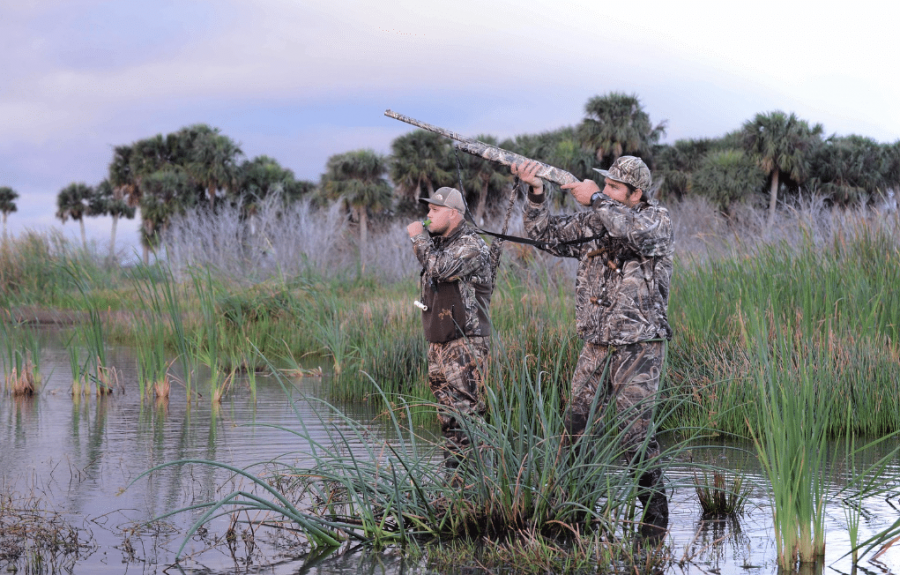River users in Southland should take extra care this duck hunting opening weekend, with elevated levels of toxic algae found this week.
Monitoring carried out by Environment Southland found elevated levels of toxic algae at three sites across the Waiau River Catchment this week.
Environment Southland senior scientist Katie Blakemore said duck hunters should keep their dogs on a lead until they have checked the river for algal growth or mats of algae floating in the water.
“Dogs can be attracted to the musty smell of the toxic algae on riverbanks and in the water and can be poisoned from eating a small amount of the slime or dried slime mats. These algae can produce toxins that are harmful to people and animals if swallowed, or through contact with skin,” she said.
“People should avoid eating the duck’s liver and other organs, as this is where the greatest accumulation of toxins may be. Do not feed the offal to your pets.”
Algae naturally occur in waterways and can flourish during fine conditions and stable river flows. Most algae are harmless. However, some species can produce toxins and rapidly bloom to high levels. Toxic algae is commonly identified in waterways as a dark green/brown slime on rocks, or dark brown/black mats at the water’s edge.
“We encourage river users to take the time to know what to look for, as we’re not able to monitor everywhere, and toxic algae growth can vary across a waterway and in between sampling times.”
If you experience health symptoms after contact with contaminated water, visit a doctor immediately. If you are concerned that any animals have consumed toxic algae or contaminated water, they should be taken to a vet immediately.
Toxic algae alerts are currently in place for the Upukerora River at Te Anau-Milford Road, the Whitestone River downstream of Manapouri-Hillside, and the Wairaki River at Blackmount Road.
For further information visit Environment Southland’s website www.es.govt.nz/toxic-algae

